Virginia Roads - US 221/460 N. of Roanoke; Bus. 501, VA 43
US 221 and 221/460 north of Roanoke
US 221/VA 43, US 221/Business US 501
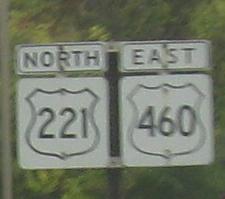
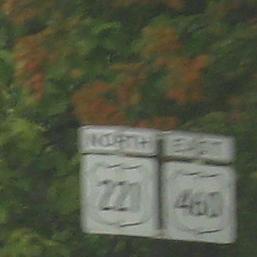
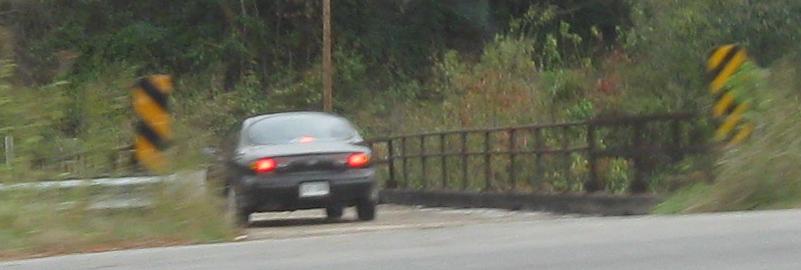
NB/EB on US 221/460 leaving Roanoke. The one-lane wooden bridge is on Irving Rd. near Montvale.
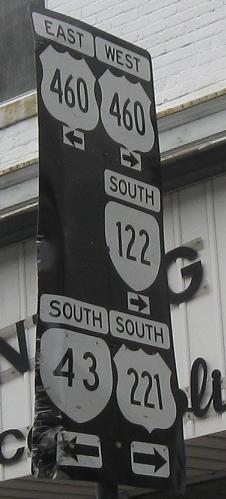
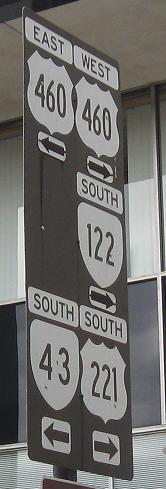
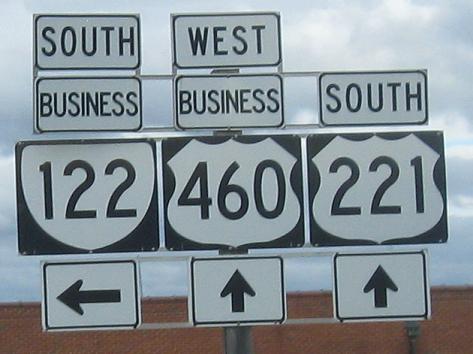
SB in Bedford, losing VA 43 at a pair of old assemblies and then palindromic VA 122 (which doesn't have a Business route). The original black signs obviously predate the US 460 bypass, and were only intended to provide one arrow per group of shields. Where did all those different taped arrows come from?
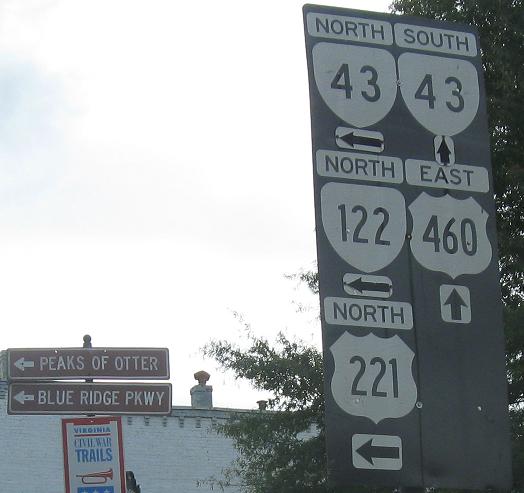
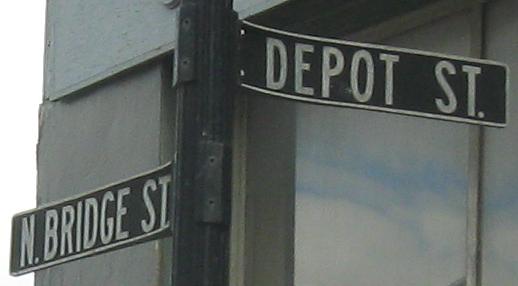
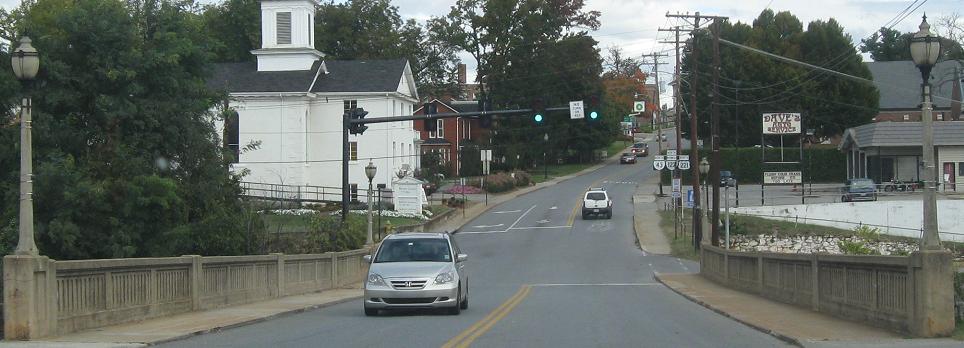
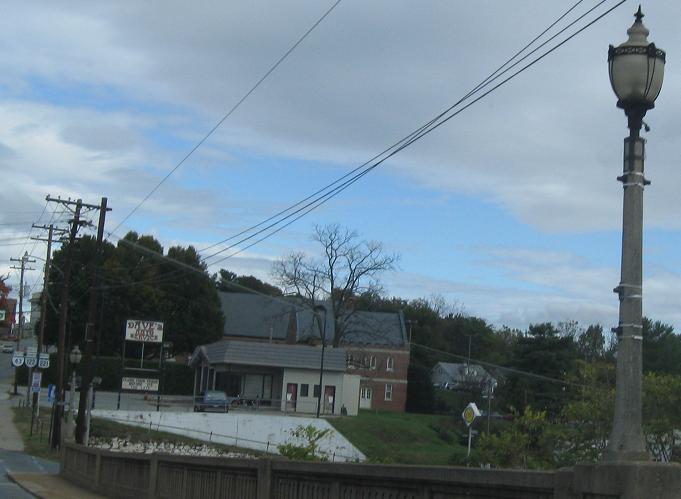

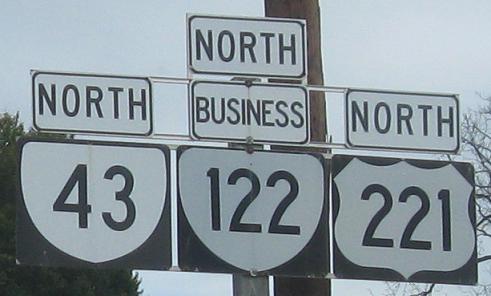
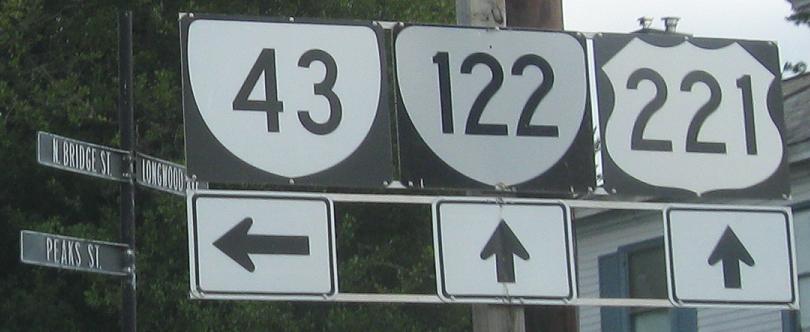
More forced arrows as I head north on US 221/VA 122 and then VA 43 as well. After a railroad bridge, VA 122 again pretends it's a business route - there is an unofficial Truck 122 that heads around the east side of Bedford, but this is the actual route. VA 43 should not pretend it's another 3-digit route.
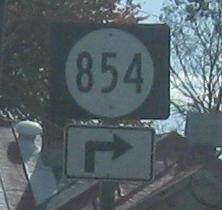
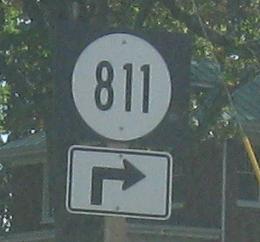
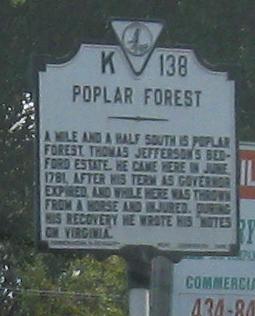
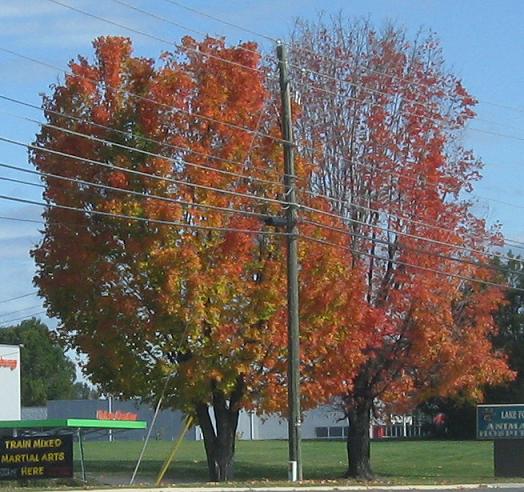
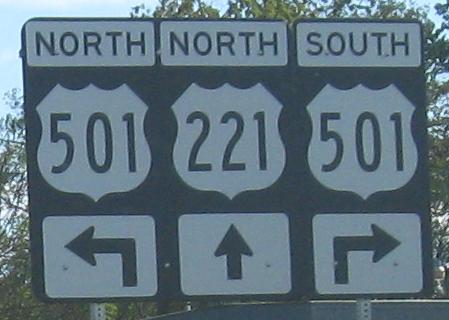
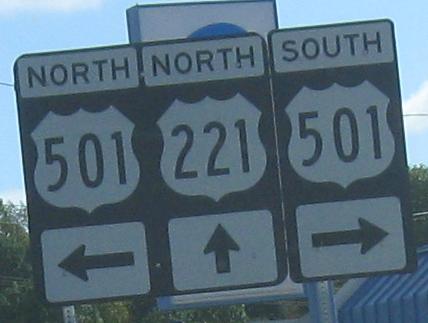
Continuing northward on US 221 alone to Lynchburg. Several of the secondary route shields are cut to a rectangular shape as if to accommodate stretched ovals, but Virginia doesn't do that for three-digit routes. Past US 501, one-piece assemblies will abound because Lynchburg is an Independent City and gets to maintain its own signage.
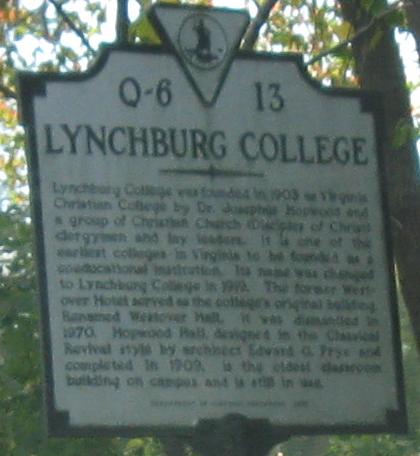
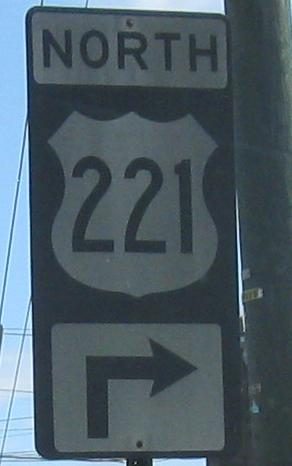
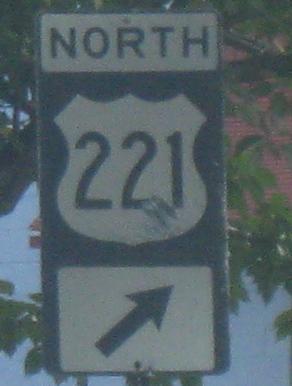

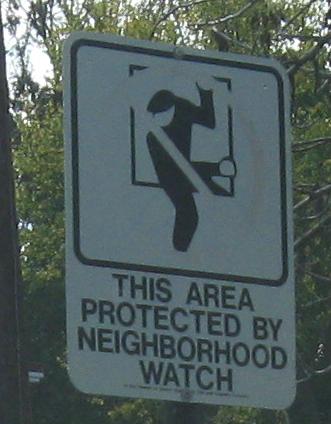
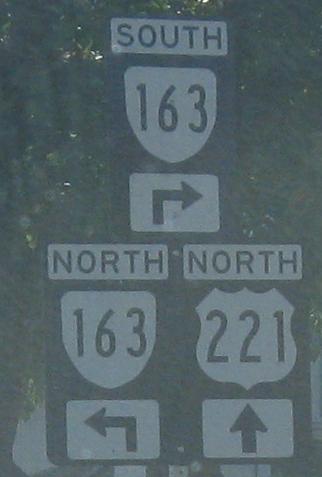
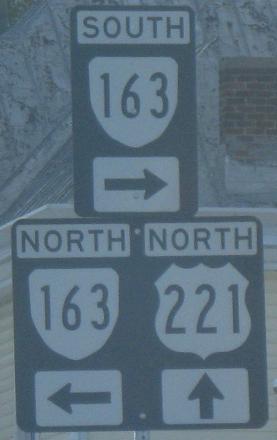
Now into Lynchburg. Besides the one piece signs, you get the graphic "Do Not Enter (People's Windows)" neighborhood watch sign. Does this sign really need a symbol? For that matter, do you really need a reminder not to commit felonies?

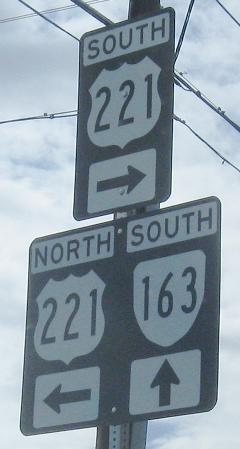
The first sign is SB where US 221 NB made a right in the previous run, and the second photo faces VA 163 SB.
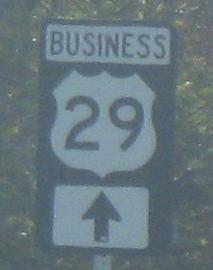
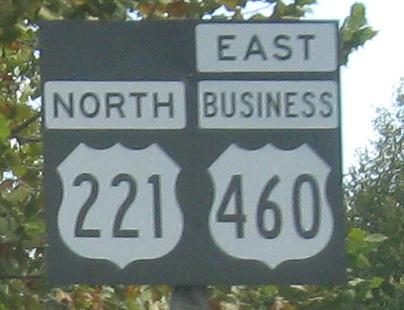
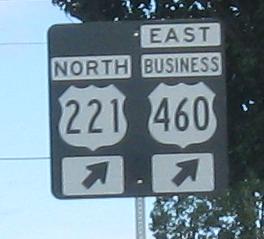
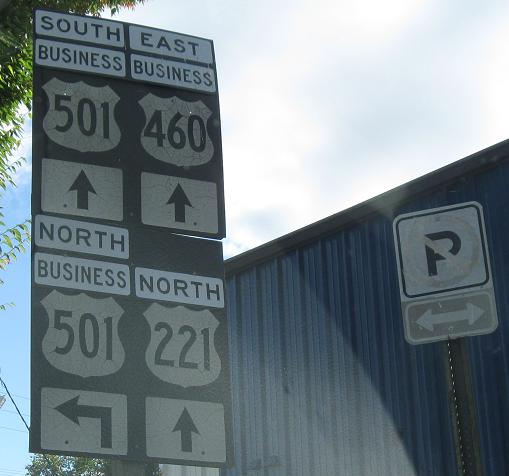
US 221 NB turns onto Business 460 EB (the two routes never got that far apart since Roanoke), and Wythe Rd. continues straight to Business US 29. The two routes turn onto 12th St. and come across former US 501, now another Business route. The shields themselves, which you can see even better by clicking on that last photo for a closeup, certainly predate any sort of bypass (say early 1960's or 1950's) and even appear to have a non-standard font from before Highway Gothic was standardized. The original banners all had to be replaced because three of the four directions are now Business routes instead of regular routes.
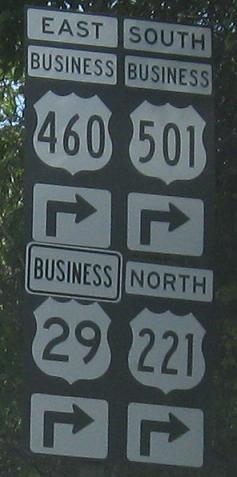


The "Business" plate must be covering a "TO", because there should still be a "TO" there. US 29 and 501 were both rerouted out of downtown Lynchburg in the 1960's, and the old route of US 29 is now VA 163. (Don't think it was US 29 Business during that timeframe.) In 2005, the bypass itself had to be bypassed due to inadequate geometry (four narrow lanes, tight curves, no shoulders) compared to the traffic that wanted to use it. Now that there are two bypasses, the Business route is on a freeway and all the old signs that weren't replaced had to be patched over like this.
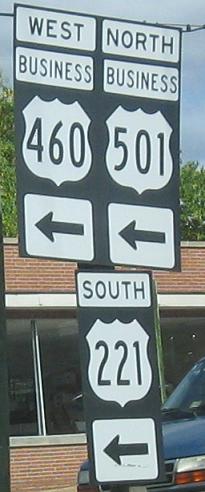
Same intersection, SB. See, there's no confusion here regarding US 29.
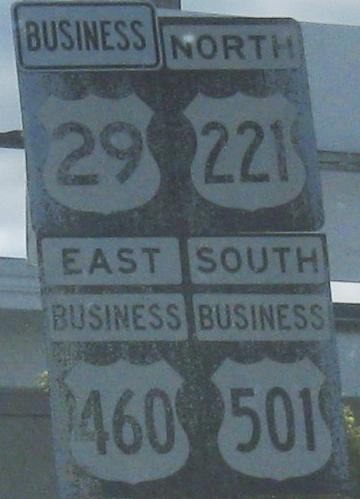
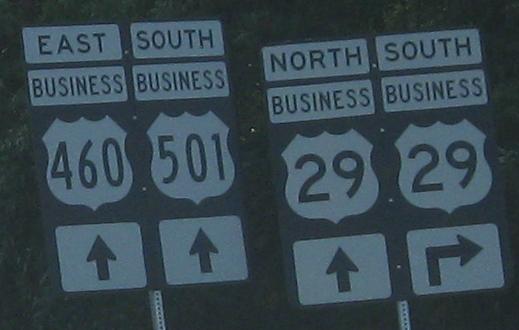
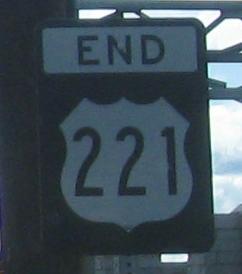
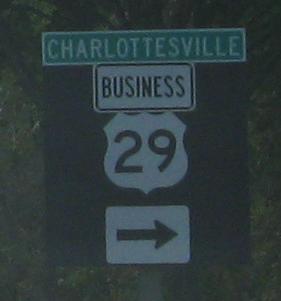
US 221 ends while multiplexed with Business 460/501 (of course, originally the parent routes). Taking the one-piece theme to an extreme, the last sign is a huge square of black as wide as "Charlottesville" - when a "NORTH" would take up less room and be much more useful. Of course, the first assembly is the oldie among these, probably dating to the opening of the Lynchburg Expressway (such that 460 and 501 would have been rerouted). Instead of a "TO", the Business placard is likely covering a "JCT."

17th St. on the north side of US 221 just west of Business US 29. The steps are within the right of way and open to the public, and therefore are technically part of the street.
Continue south on US 221 and 221/460
Onto US 460 alone
Onto VA 43 alone
Onto regular US 501
Back to US 221 main page
Onto Business US 29
To regular US 29
Back to Virginia Roads
Back to Roads







































